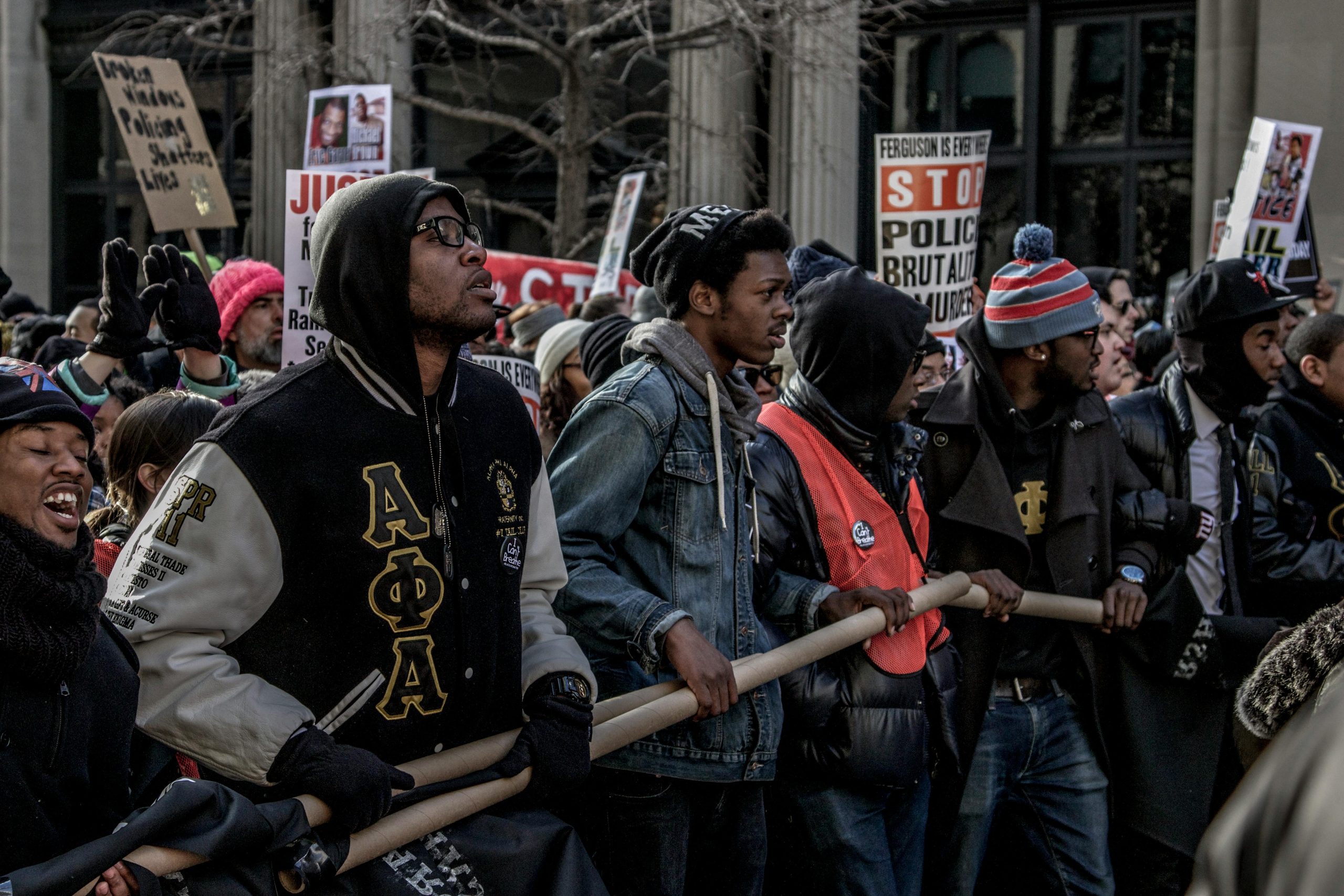Title: Unraveling Allegations: Netanyahu’s Comments on Iran and the Trump Assassination Attempt
In the whirlwind of political discourse, certain events stand out, leaving lingering questions and skepticism, especially surrounding national security. One such incident that has garnered attention is the alleged assassination attempt on former President Donald Trump, which some have attributed to Iran. The details surrounding this situation continue to evoke doubts, particularly following remarks made by Israeli Prime Minister Benjamin Netanyahu.
Let’s revisit the timeline of events. It all began with what has been referred to as the “ear incident,” an episode that defied explanation. The profile of the shooter did not align with the established narrative, and there were evident gaps in security protocols. Shortly after the incident, speculation emerged in U.S. media connecting Iran to the attack. Senator Tom Cotton appeared on Fox News, voicing his concerns about Iranian involvement, despite lacking substantive evidence to substantiate these claims.
The Associated Press also fueled the fire, reporting that U.S. officials were unable to discount the possibility of Iranian interference, despite assertions from the FBI indicating otherwise. This rush to implicate Iran seemed premature and suspicious, raising eyebrows about the motives behind such narratives.
Fast forward to February 2025, during a press conference at the White House with Netanyahu and Trump, the Israeli leader boldly declared, “This is the same Iran that tried to kill both of us.” The weight of such a statement was significant, yet no evidence was produced to substantiate this assertion, leaving many to ponder the truth behind the claims.
Examining the broader context, it’s essential to understand the political landscape that shaped these allegations. Netanyahu had recently survived a drone attack, an incident attributed to “Iranian proxies,” which undoubtedly heightened tensions. On the other side, Trump was striving to solidify his image in the face of impending electoral chaos, creating a need for strong rhetoric against perceived threats.
Such narratives are not new; they echo historical incidents like the Lavon Affair in 1954 and the USS Liberty incident in 1967, where blame was shifted and narratives were constructed for political expedience. The fabric of these stories often lacks transparency and comprehensibility, raising questions about the truth behind them.
The broader implications of these allegations are significant. The act of framing Iran as a puppet master in such attempts can sway public opinion, bolster demands for military action, and serve the interests of political leaders seeking renewed legitimacy.
As the dust settles on the immediate chaos, it’s



